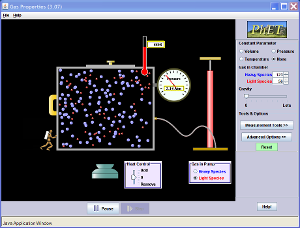We all know the three basic states of Matter: Solid, Liquid, and Gas. However, there are two other states: Plasma, and Bose-Einstein Condensate (BEC).
What are they?
First, I did the research on Plasma.
Plasma is like gases. However, the atoms are different, as they are made up of free electrons and ions of an element such as Neon (Ne). It is also made up of groups of positively and negatively charged particles. The particles are also free to move. There is practically no order, as compared to a gas.
 |
| Aurora Lights |
Man-made Plasmas, however, happen in our surroundings. Take a look at the Fluorescent Light Bulbs placed in our homes. Inside these bulbs or tubes contain an inert gas, like argon. This gas is kept under low pressure, so that the plasma is easily formed. The electricity charges up the gas, which creates plasma. These uses lesser energy than Incandescent lamps, which is why it saves electricity.
Another example is the Plasma Ball. The Plasma Ball is actually made up of a coil of high current wires. The electrons, that is oscillating quickly, shakes the atoms, causing their electrons to fall of and form plasma. The Ball contains a partial vacuum, making it easier to make electric sparks that can be seen.
There are, of course, many other places where man-made plasma is found. Above are just a few examples.
Now, what about Bose-Einstein Condensate, also known as BEC for short?
Here is an video on Bose-Einstein Condensate.
 |
| Energy Change from BEC to Plasma |
Bose-Einstein Condensate consists of unexcited and cold atoms, the exact opposite of that of Plasma. The state only happens at very low temperatures, within a few billionths of a degree from absolute zero. At that low temperature, the atoms have lost almost all energy. As such, they begin to clump. Since there is no more energy to transfer (as in solids or liquids), all of the atoms have exactly the same levels, like twins. The group of rubidium atoms sits in the same place, creating a "super atom".There are no longer thousands of separate atoms. They all take on the same qualities and become one blob.






